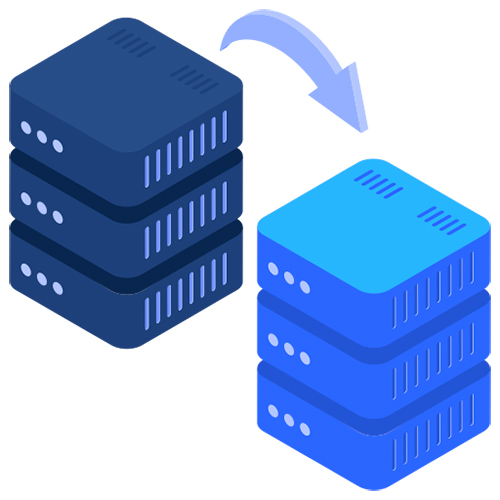
Programming & Tech
Upload joomla website to server
Product Info
To upload a Joomla website to a server, compress the website files into an archive, create a new database on the server, transfer the files using FTP or file manager, configure the Joomla configuration file with the database details, set file and folder permissions, access the Joomla installation page through a web browser, complete the installation process, remove the installation folder, and verify the website's functionality.Description
-
To upload a Joomla website to a server, you'll need to follow a few steps. Here's a general outline of the process:
-
Prepare the website files: Ensure that you have a complete backup of your Joomla website files. This includes all the folders, subfolders, and files related to your Joomla installation. Make sure to compress the files into a single archive (e.g., ZIP or TAR) for easier transfer.
-
Create a new database: Log in to your server's control panel (e.g., cPanel) and create a new MySQL or MariaDB database for your Joomla website. Take note of the database name, username, and password as you'll need them later.
-
Transfer the files to the server: Use an FTP client (e.g., FileZilla) or the file manager provided by your hosting control panel to upload the website files to the server. Connect to your server using FTP and navigate to the desired directory where you want to install Joomla (usually the public_html or www folder).
-
If using an FTP client, connect to the server using the provided FTP credentials, navigate to the appropriate folder, and upload the compressed website files. Extract the files within the desired folder on the server.
-
If using the file manager in your hosting control panel, find the appropriate folder and upload the compressed website files. Extract the files within the desired folder on the server.
-
-
Set up the database: In your server's control panel, locate the section for managing databases. Create a new database user and assign it to the database you created earlier. Make sure to grant the user all necessary privileges to access and modify the database.
-
Configure the Joomla configuration file: Rename the
configuration.php-distfile located in the root folder of your Joomla installation toconfiguration.php. Open theconfiguration.phpfile using a text editor and update the database connection details. Modify the following lines:phppublic $dbtype = 'mysql'; public $host = 'localhost'; public $dbname = 'your_database_name'; public $user = 'your_database_username'; public $password = 'your_database_password';Replace
'your_database_name','your_database_username', and'your_database_password'with the actual values, you created in step 2. -
Verify file and folder permissions: Ensure that the necessary folders and files have the correct permissions. Typically, Joomla recommends the following permissions:
- Folders: 755 or 775 (depending on the server configuration)
- Files: 644 or 664 (depending on the server configuration)
You can use your FTP client or the file manager to modify the permissions accordingly.
-
Access the Joomla installation: Open a web browser and navigate to your website's domain name. You should see the Joomla installation page. Follow the on-screen instructions to complete the installation process. Provide the requested information, such as the website name, administrator details, and email address.
-
Remove the installation folder: Once the Joomla installation is complete, you'll be prompted to remove the installation folder for security purposes. Delete the installation folder (typically named
installation) either using your FTP client or the file manager. -
Verify the website: After deleting the installation folder, your Joomla website should be accessible from your domain name. Visit your website to ensure it's working correctly.
That's it! Your Joomla website should now be uploaded and installed on the server. Remember to keep your Joomla installation and extensions up to date to ensure security and functionality.
-

